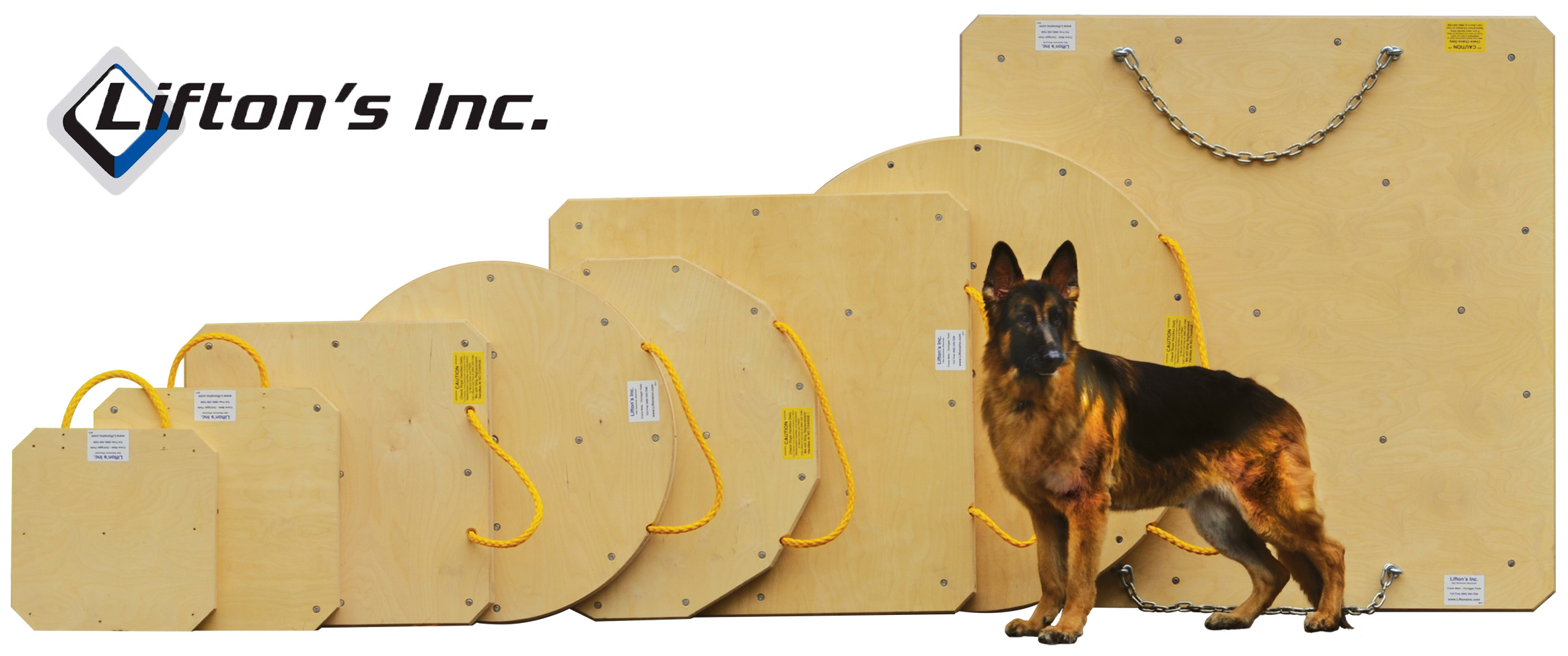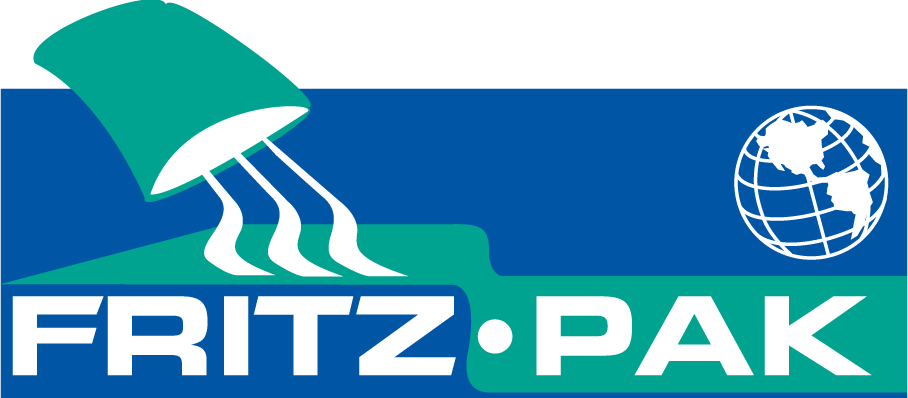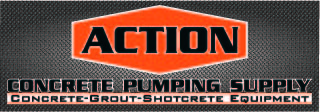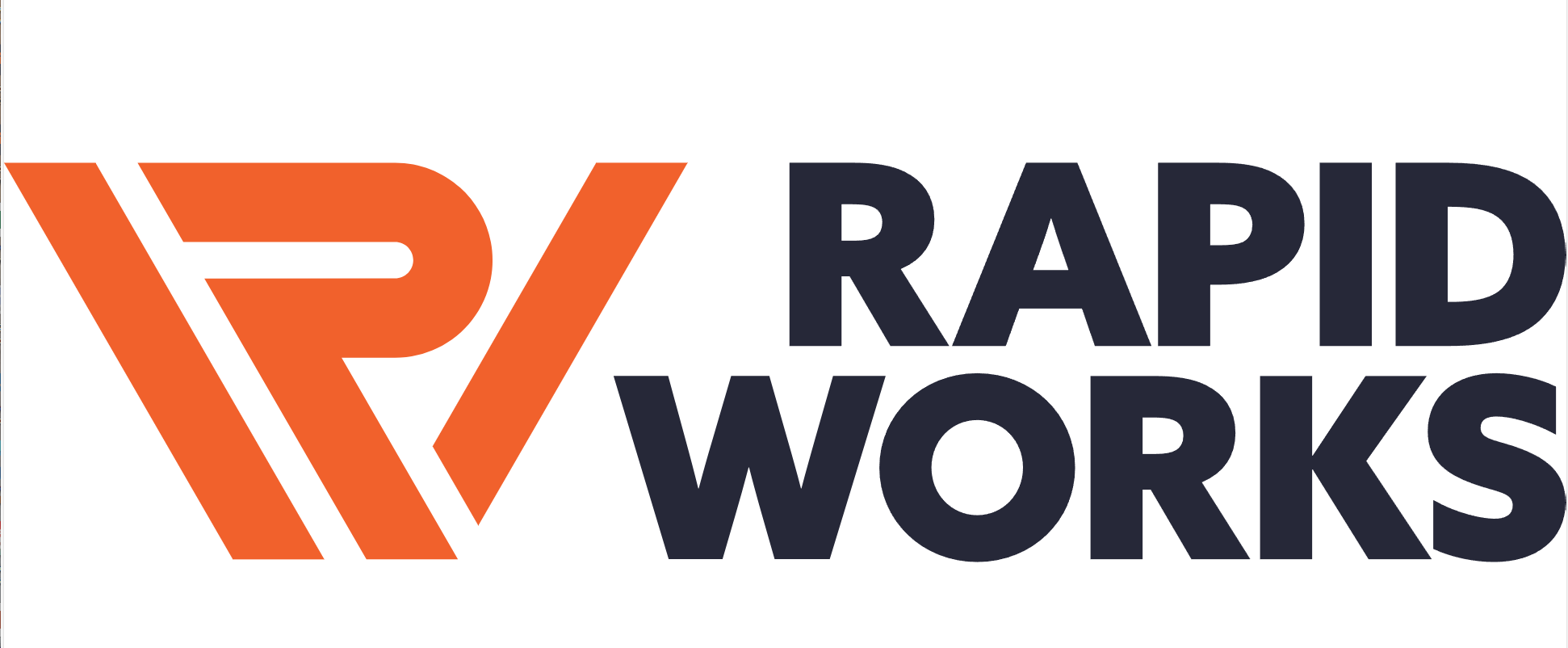| Todd | 02-05-2012 | comment profile send pm notify |
|
By Hermann Simon of Simon-Kucher
For many years, Putzmeister was one of my favorite ‘hidden champions’ – little-known German companies which are world famous in their industries. The concrete pump-maker’s equipment was used at Burj Chalifa, the tallest building in the world, and at the 2011 Fukushima nuclear power plantdisaster site, just as it was at Chernobyl 25 years earlier.
But now Putzmeister’s days as an independent business are over, following the announcement this week of its planned acquisition for €360m by its huge Chinese rival, Sany Heavy Industry. Should we lament the loss of a proud member of the Mittelstand? Or should we be glad that a financially-vulnerable company with top-class technology has a solid backer? And what does the deal say about the Mittelstand’s future?
I have followed Putzmeister for 26 years and often been in contact with Putzmeister’s founder Karl Schlecht. I was as proud of this German star as he was.
I first visited the concrete pump factory of Sany, in Changsha, only two years ago. The first surprise, and a sign of what else I could expect, was that I was picked up in a Maybach limousine. At the factory I was surprised to see Mercedes and Volvo truck chassis lined up throughout the site. I was told, “We install our concrete pumps only in the best trucks in the world.” Continuing the tour, I saw diesel motors from Deutz, hydraulics from Bosch Rexroth and controllers from Siemens. Once again, I was informed, “We only use the best components in the world.”
Shortly afterwards I heard that Sany was planning to open a plant in Germany. I talked with Sany’s head of Europe, whom I had met in Changsha, and asked him why they had chosen such an expensive location. His answer: “We want to attain world-class status, so we have to be present in the best production location in the world.”
In the summer of 2011, Sany opened the first European greenfield factory of any Chinese company near Cologne. And it was in Cologne this week that I learned that Sany had bought Putzmeister. I was absolutely speechless.
This news would have been unthinkable just a few years ago. How could it happen? The drama appears to have started during the financial crisis in 2009, when Putzmeister’s revenues plummeted by almost 56 percent relative to the maximum attained in 2007/8. In the same time Sany’s revenue for concrete pumps soared by 54%.
Sany is now incomparably bigger than Putzmeister. The German company, with 3,000 employees, made estimated profits of €6m on sales of $560m in 2010, according to Bloomberg. Sany a heavy engineering group with 70,000 on the payroll, says on its website that it had annual sales of Rmb50bn in 2010. In the first half of 2011, Sany Heavy Industry, its main operating arm, reported net profits of Rmb5.9bn on sales of Rmb30.4bn, including Rmb15.8bn in concrete machinery. Concrete machinery sales were 50 per cent up, following an 80 per cent gain in 2010, according to Bloomberg.
In reality, however, it all began much earlier than that. Here I quote Dr. Deng Di[3], who was appointed the first manager of Sany’s international marketing department back in 1998 when Sany’s revenue stood at 50m euros .Putzmeister crossed 240m euros in the same year.
On January 29, 2012 he mailed to me: “In the late 1990s Putzmeister and Schwing [Schwing, a German company based in Herne, is the number two in concrete pumps] held two-thirds of China’s concrete pump market. China was by far the largest consumer of concrete in the world. But by 2004 the combined market share of the two German companies had dropped to less than 5 per cent….China accounts for 60 percent of worldwide concrete consumption today. There is no way that a company which loses in the world’s most important battlefield can win the global competition.”
This lesson should not be underestimated. All German companies, especially the hidden champions, are strongly urged to remember that market leaders who lose their top spot in their most important market (whichever country that might be for a particular product) will at some point also lose their global market leadership.
Exactly a year ago, I was communicating with Karl Schlecht about a possible acquisition and IPO.“That won’t happen to us,” he said. “We’re going to continue on our own path, and we’ll do it alone.” Things didn’t turn out that way.
Sany is buying Putzmeister in partnership with the private equity arm of Citic, a Chinese investment broking group, which is taking a 10 per cent stake against Sany’s 90 per cent.
But in my view the takeover will not be bad for Putzmeister. The two companies are a good match, and if the managers can get along we could see the first Chinese-German success story.
The deal may contain another lesson for the future. It could be that many companies are only now starting to feel the long-term impact of the financial crisis. If so, Sany-Putzmeister is a forerunner for many other deals to come. Chinese and Indian companies will play a leading role in many of these deals.
In my view Chinese companies are by far the most dangerous competitors to Germany, because they are at their most effective in the core sectors of German industry such as machinery, engineering and technology.
According to Dr. Deng Di, “The Sany-Putzmeister deal makes more sense and carries more symbolism than when Lenovo from China acquired IBM’s personal computer business. For IBM this was no longer a core business. Putzmeister, however, is a typical German hidden champion focused on one product, namely concrete pumps, and remains the global technology leader. Chinese industrial goods manufacturers such as Sany and its competitor Zoomlion – another rapidly growing construction machinery company from the same city of Changsha– are far more successful internationally than the Chinese consumer goods manufacturers that mainly sell low-price products, such as TCL in consumer electronics and Haier in domestic appliances.”
Dr Deng Di adds, “Huawei and ZTE, both from Shenzhen, are two other rising stars in the industrial goods sector. The telecommunications supplier Huawei has been the world leader in patent applications since 2009. It overtook Siemens, which held the top spot for many decades before that.”
This is where we come full circle. Chinese and German industrial goods manufacturers may well be a good match for each other, as exemplified by Sany and Putzmeister. Strikingly, 68 percent of China’s huge export volume comes from companies with fewer than 2,000 employees. Doesn’t this remind us of Germany, where the hidden champions of a similar size are the true spearheads of the country’s export prowess?
Putzmeister-Sany may only be the first of a whole string of Mittelstand deals.
Hermann Simon is the Chairman of the international consultancy Simon-Kucher & Partners |
||
| Todd | 02-05-2012 | reply profile send pm notify |
|
http://blogs.ft.com/beyond-brics/2012/02/02/sany-putzmeister-a-sign-of-mittelstand-deals-to-come/#axzz1lWVzgKce
|
||
| PUMBO | 02-06-2012 | reply profile send pm notify |
|
Did Sany foresee the Putzmeister Merger as the only way to get into European market for construction equipment??? --------------------------------------------------------------------------------------------------------------- Abstract Putzmeister Post Issue 77 (2009) EU imposes stricter inspections on imported construction equipment
The Committee for European Construction Equipment (CECE) has indicated that, at the start of 2010, the new EU Directive 765/2008 will enter into force. Based on this ordinance, the customs authorities at the EU external borders,will inspect in detail if the construction equipment intended for import actually meets the European safety requirements, with effect from the start of the new year. The reason is that for years, many construction machines – e.g. from Asia – have been sold in Europe, even though they do not meet the safety requirements in accordance with EU standards. According to the German Association of Machine and Plant Engineering (Verband Deutscher Maschinen- und Anlagenbauer (VDMA)), one of the members of the CECE, this not only distorts competition, but also leaves potential purchasers in the dark about the resulting significant risks. The German Association of Machine and Plant Engineering (VDMA) considers these risks to include an increased risk of accident, significant uncertainty in legal and liability questions after accidents, quality and guarantee problems as well as downtimes and fines. But not only the illegal sale of machines is a thorn in the eye for the CECE. Another aspect is the labelling obligation of non CE-compliant construc-tion equipment, which are shown at trade fairs or open-house exhibitions, for example. The CECE is turning to dealers, construction companies, insurance companies and banks. For although it is forbidden to sell machinery that does not conform to the EU guidelines within the European Union, these products may be exhibited at trade fairs provided they are labelled accordingly. Obviously, these labels have been omitted, however. So, for example, random testing at INTERMAT, the big international construction machinery fair in Paris in April 2009, showed that the machines in question were not adequately labelled or had no labelling at all. In the interest of the customer, CECE together with the trade fair organisers will therefore ensure in future that the manufacturers meet their obligation to label their products. By implementing qualification measures, the CECE wants to ensure that the EU authorities responsible for customs and market monitoring are able to check compliance with these standards. |
||










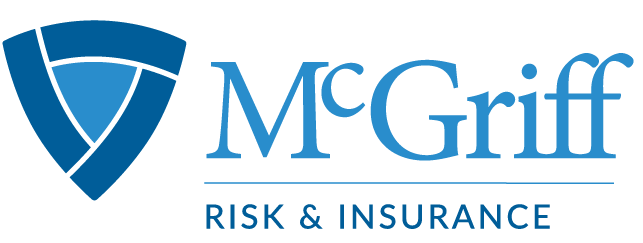
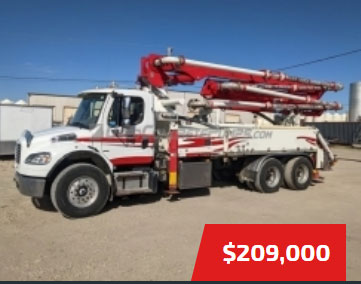

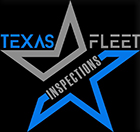
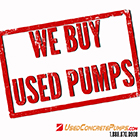

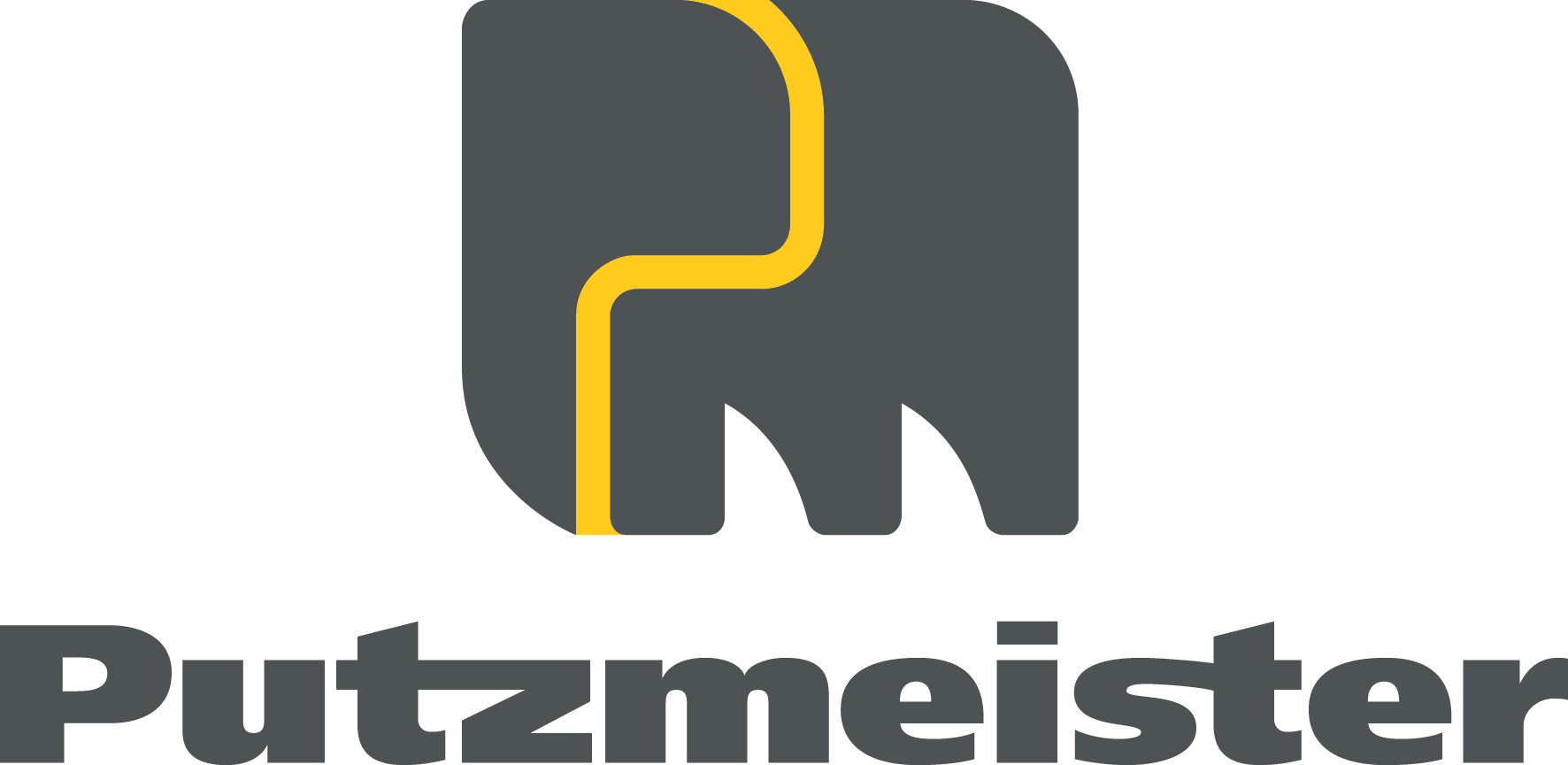



.jpg)
.gif)

.jpg)









.jpg)
